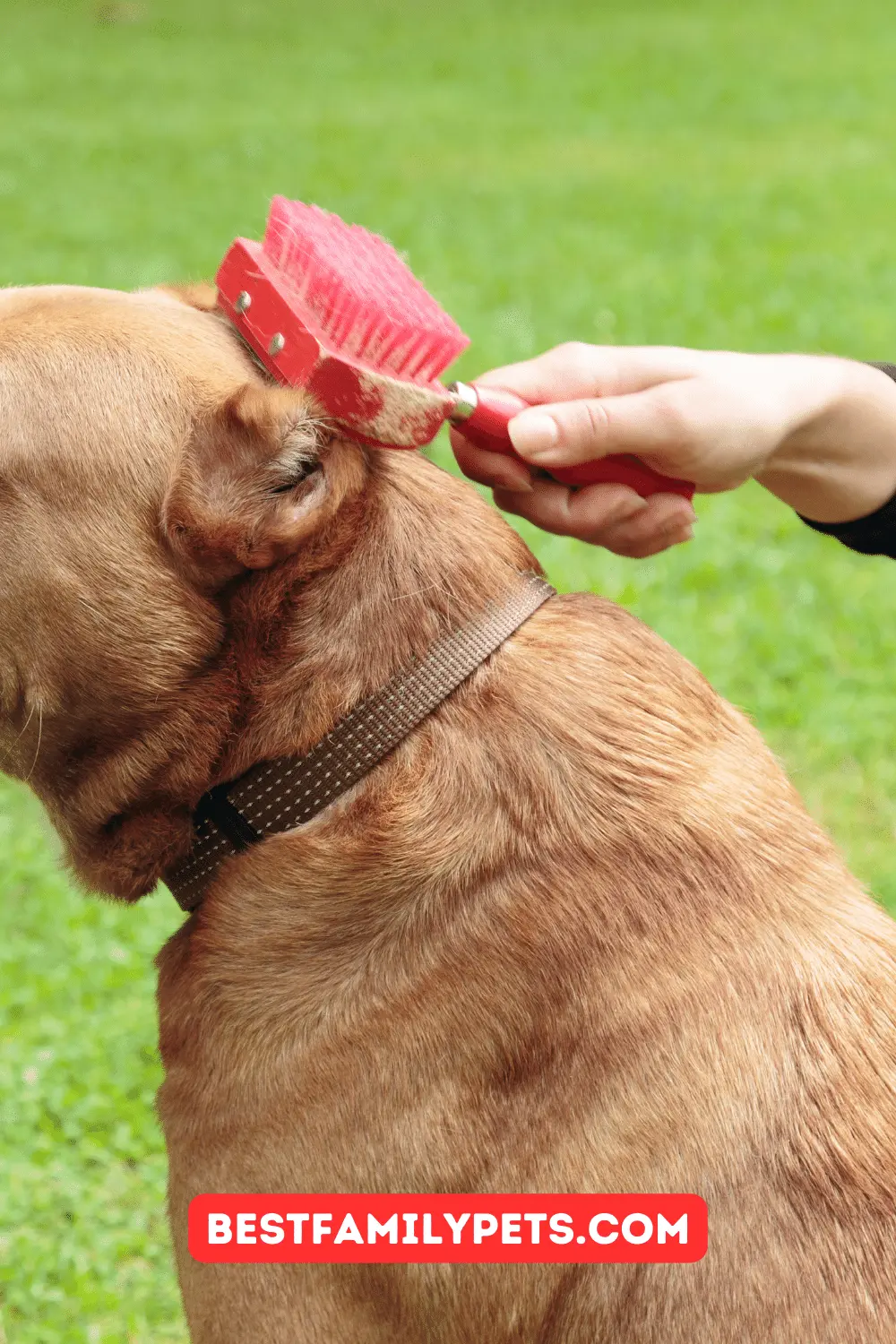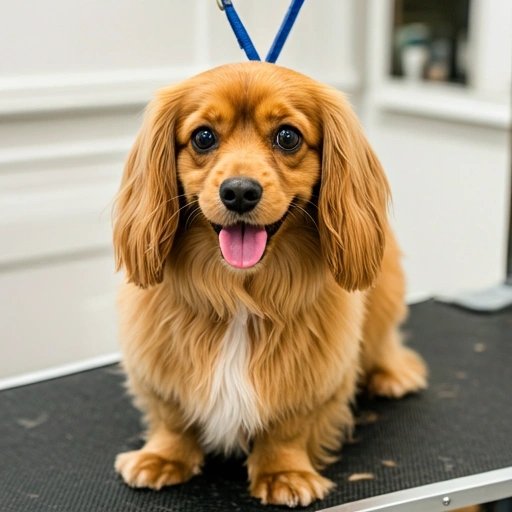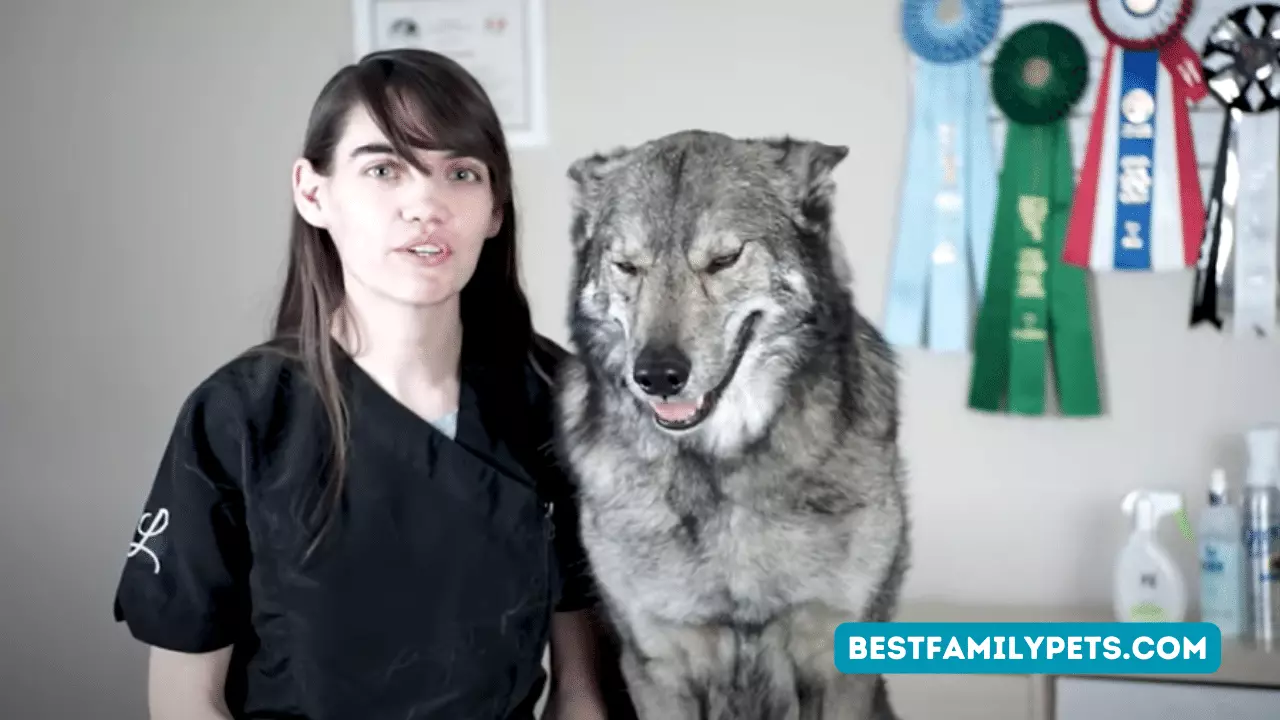Regular Brushing for Dog Coat Health
Unleash the shine! Discover how regular brushing for dog coat health promotes a healthy, beautiful coat, reduces shedding, and strengthens your bond.
Regular brushing is an essential part of any dog’s grooming routine. It goes beyond just keeping them looking spiffy and plays a crucial role in their overall health and well-being. Brushing removes loose hair, dirt, and debris, promotes healthy skin, and even helps you detect potential health issues early on.
Benefits of Regular Brushing:
- Reduces Shedding: Brushing removes loose hair before it has a chance to fall out and spread around your home. This is especially beneficial for dogs with heavy shedding coats.
- Improves Coat Health: Brushing stimulates the production of natural oils in the skin, which keeps the coat healthy, shiny, and less prone to tangles and matting.
- Promotes Healthy Skin: Brushing removes dead skin cells and debris, which can clog pores and lead to skin irritation. It also allows for better air circulation, preventing the growth of bacteria and yeast.
- Early Detection of Problems: Brushing allows you to inspect your dog’s skin closely for any abnormalities, such as lumps, bumps, rashes, or signs of parasites. Early detection can lead to timely treatment and prevent more serious health issues.
- Strengthens the Bond: Brushing can be a wonderful bonding experience for you and your dog. It provides a time for gentle touch, positive reinforcement, and relaxation.
Brushing Frequency:
The frequency of brushing depends on several factors, including your dog’s breed, coat type, and shedding habits.
- Short-haired dogs: Generally benefit from brushing 2-3 times a week.
- Medium-haired dogs: May require daily brushing, especially during shedding seasons.
- Long-haired dogs: Typically need daily brushing to prevent matting and tangles.
Brushing Techniques:
- Use the right brush: Choose a brush that is appropriate for your dog’s coat type. Slicker brushes work well for removing loose hair and debris, while undercoat rakes help remove dead undercoat.
- Brush gently: Start at the head and work your way back, brushing in the direction of hair growth. Be gentle, especially around sensitive areas like the face and paws.
- Address tangles: If you encounter matted fur, gently work it out with your fingers or a detangling spray before using a brush. Avoid pulling at tangles, as this can hurt your dog.
- Make it a positive experience: Reward your dog with treats and praise throughout the brushing session to make it a positive experience they’ll look forward to.
Additional Tips:
- Bathe your dog only when necessary, as frequent bathing can strip the coat of its natural oils.
- Consider professional grooming for dogs with thick, double coats or those who require specific coat styles.
- Consult your veterinarian for guidance on proper grooming practices for your dog, especially if they have any skin sensitivities or health conditions.
Conclusion:
Regular brushing is a simple yet effective way to keep your dog’s coat healthy, shiny, and free of problems. By incorporating brushing into your dog’s grooming routine, you can ensure their comfort, well-being, and strengthen the special bond you share.
Additional Resources:
- American Kennel Club: https://www.akc.org/expert-advice/health/dog-grooming/
- The Association of Professional Dog Trainers: https://apdt.com/
- Veterinary Partner: https://veterinarypartner.vin.com/
- PetMD: https://www.petmd.com/
- WebMD Pets: https://www.webmd.com/pets/default.htm
FAQs:
- How often should I brush my dog’s teeth? Aim to brush your dog’s teeth daily or at least a few times a week for optimal dental health.
- What kind of shampoo should I use on my dog? Use a gentle, dog-specific shampoo that is appropriate for your dog’s coat type and skin sensitivity.
- My dog hates being brushed. What can I do? Start with short brushing sessions and gradually increase the duration as your dog gets accustomed to it. Use positive reinforcement with treats and praise.
- Can brushing my dog help with allergies? While brushing won’t eliminate dog allergies, it can help reduce shedding and dander, which can trigger allergy symptoms.
- Should I brush my dog before or after a bath? It’s generally recommended to brush your dog before bathing to remove loose hair and debris, making the shampoo more effective.
You may also like these:
-

Why Mobile Dog Grooming Costs More: Understanding the Value and Benefits
-


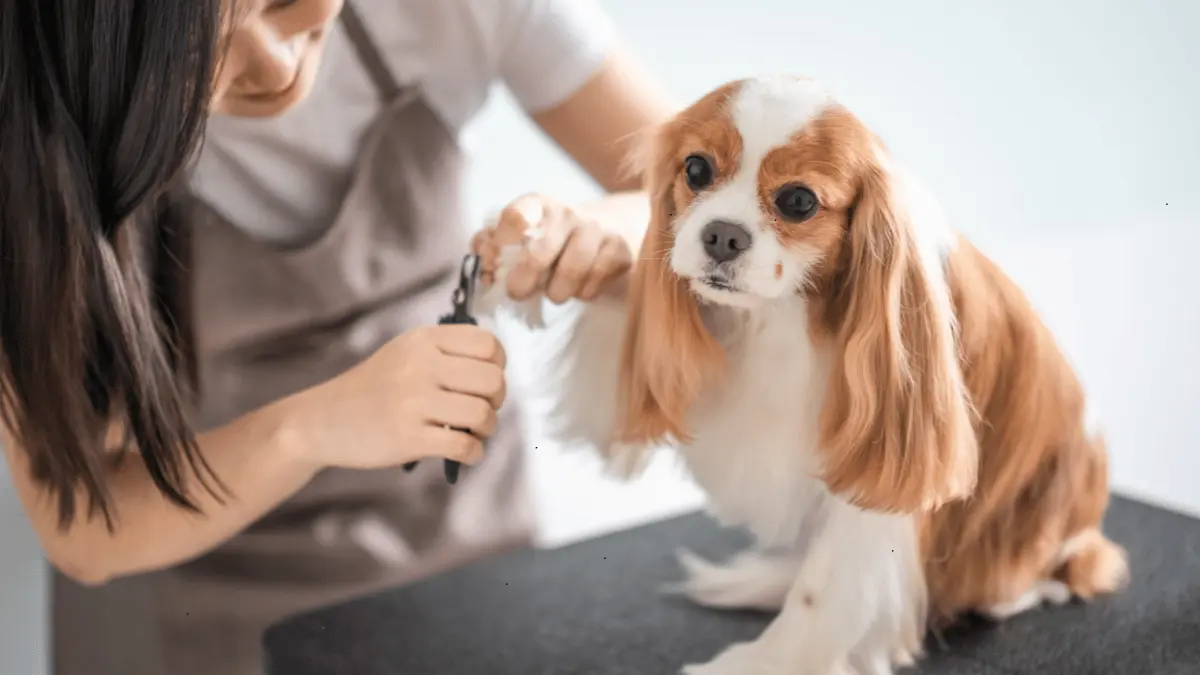
15 Dog Breeds That Benefit Most from Regular Dog Grooming
-


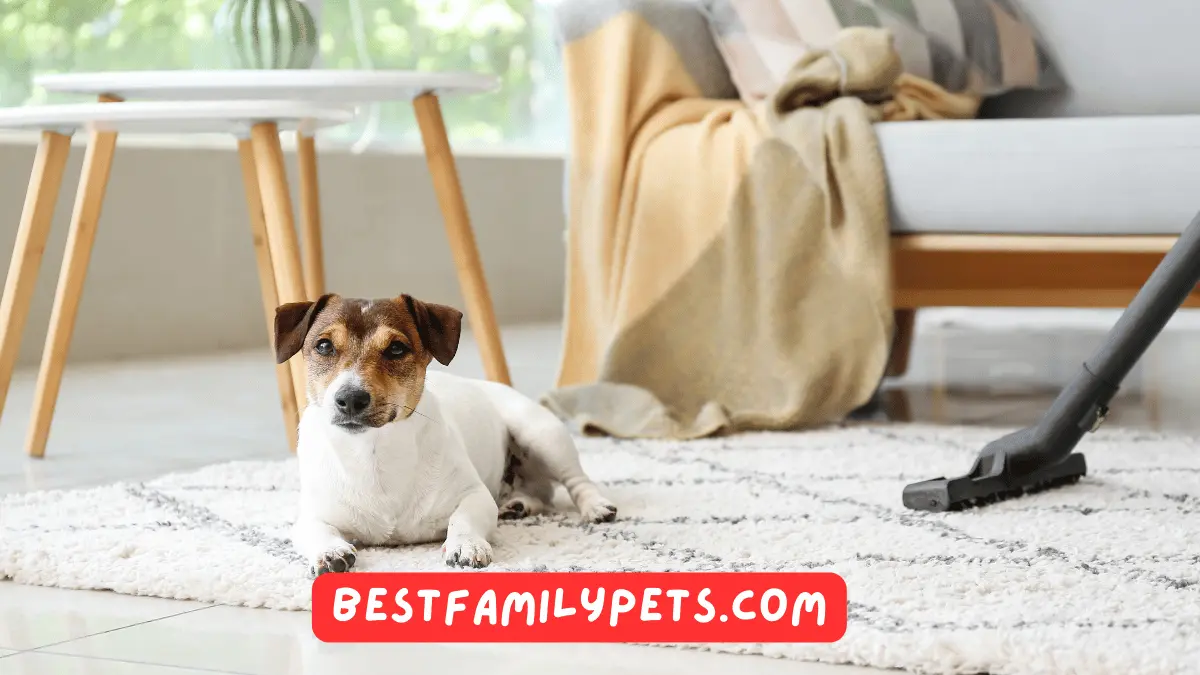
7 Essential Cleaning Tips for Pet Owners
-



Best Dog Clippers for Shih Tzus: Top Picks & Tips
-


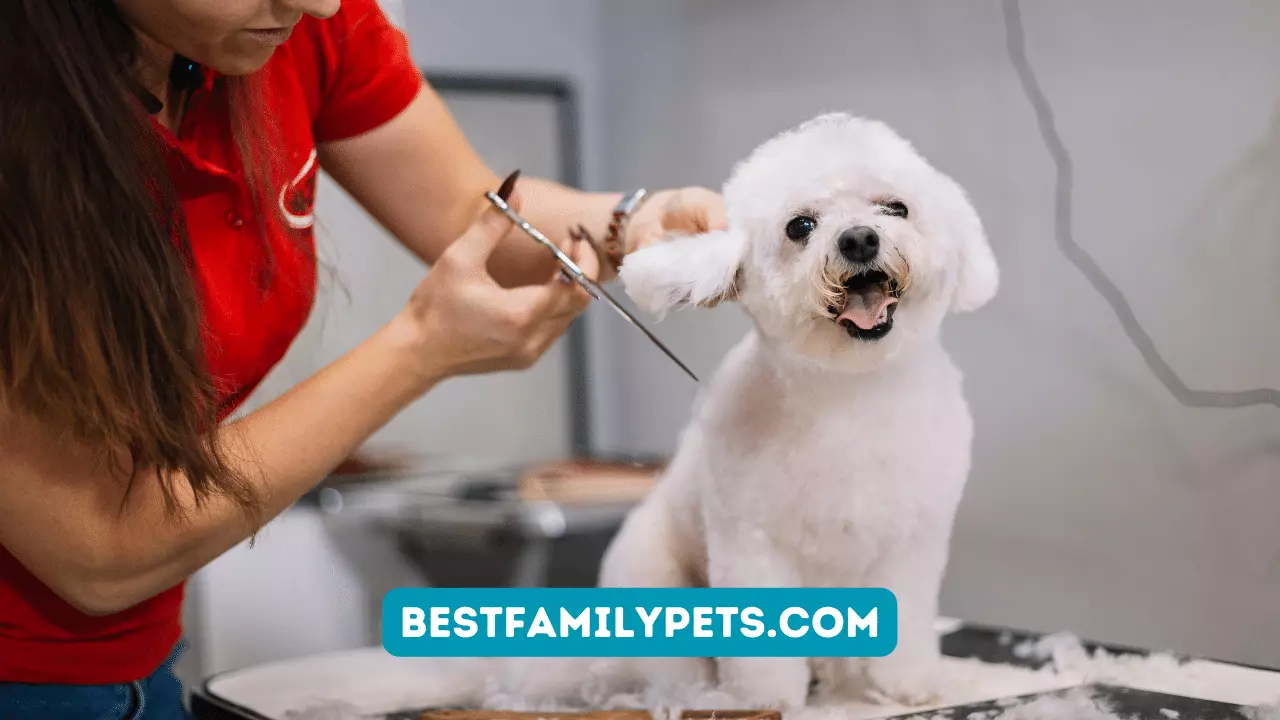
Numerous Tips for Dog Grooming
-


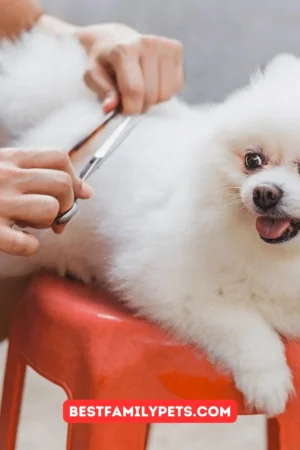
The Best Shears For Grooming Your Dog
-


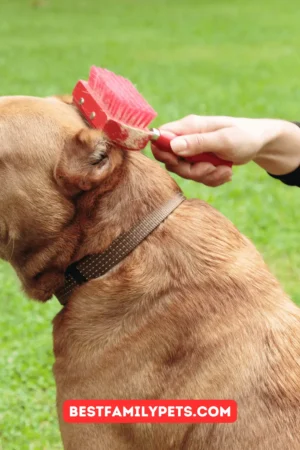
Regular Brushing for Dog Coat Health
-


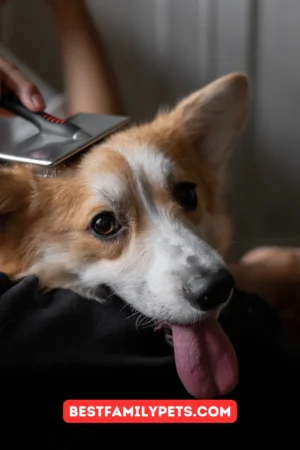
Reliable Dog Brushes for Grooming
-


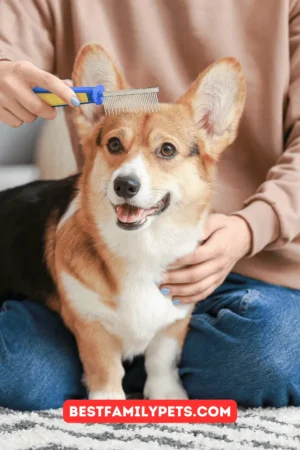
Finding the Best Dog Brushes for Different Coat Types
-


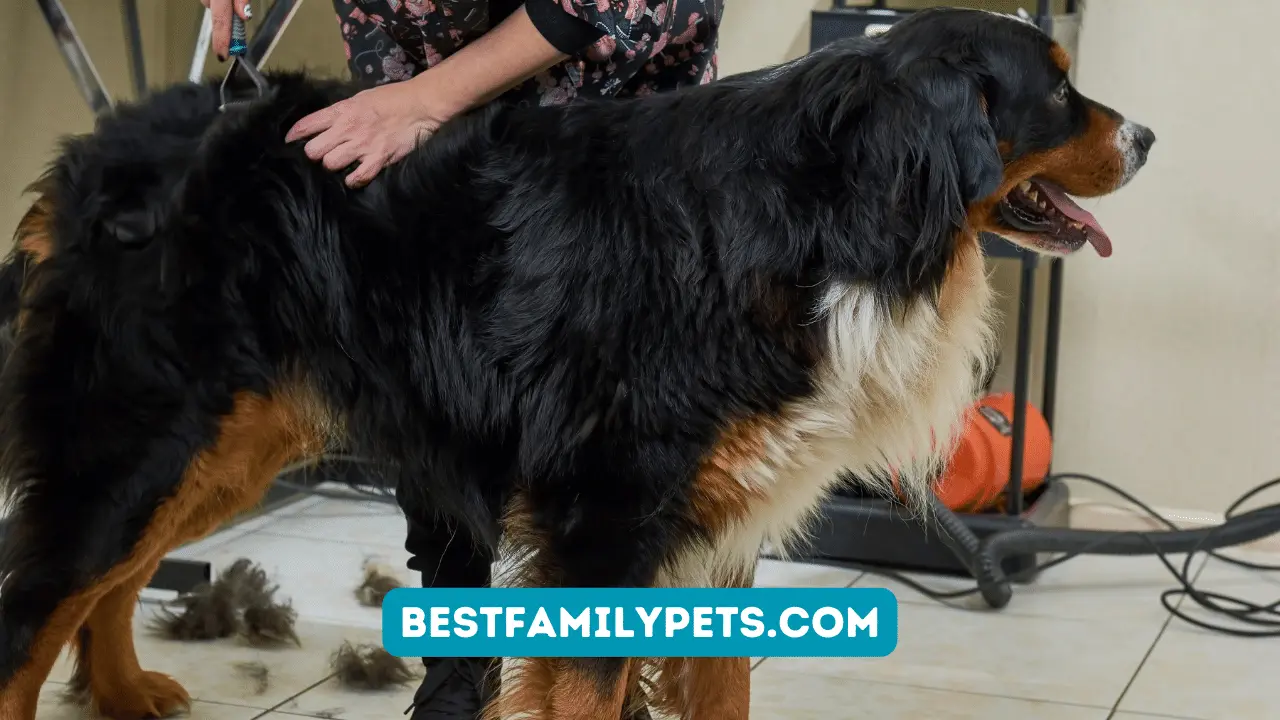
What Things Are Required to Open a Dog Grooming Business?
-


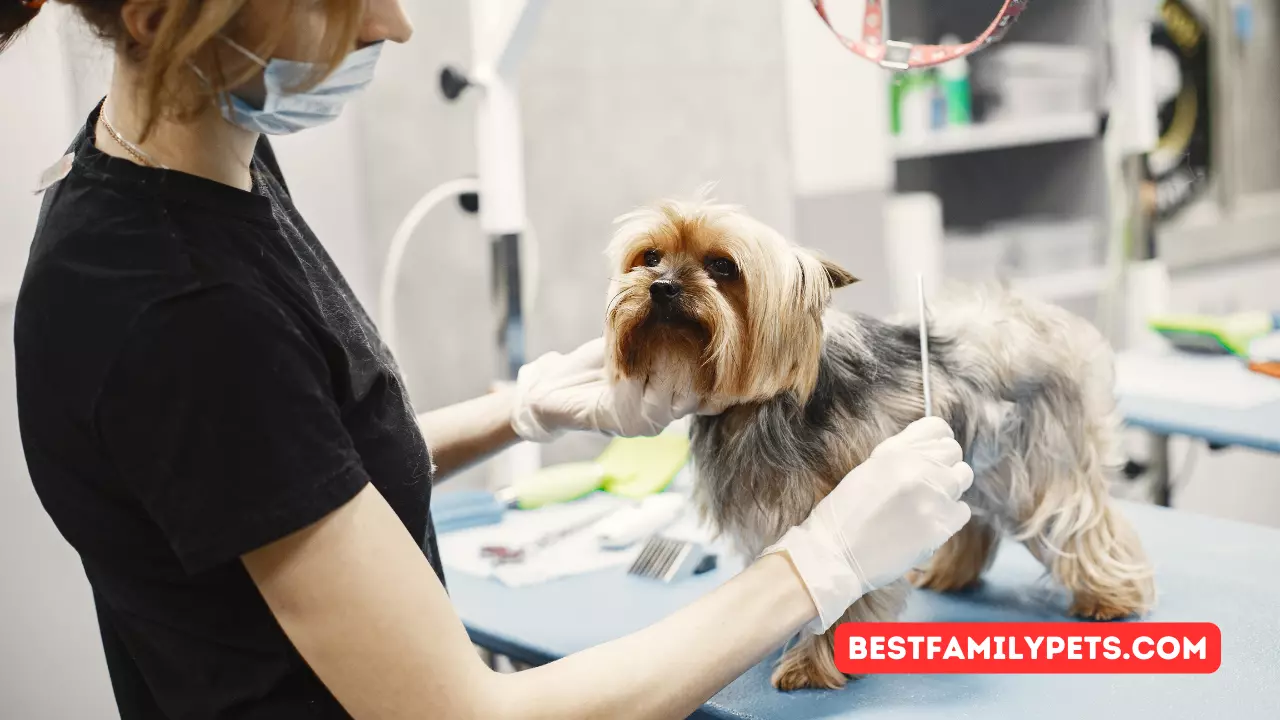
Summer Styles: 12 Grooming Tips to Keep Your Dog Cool
-


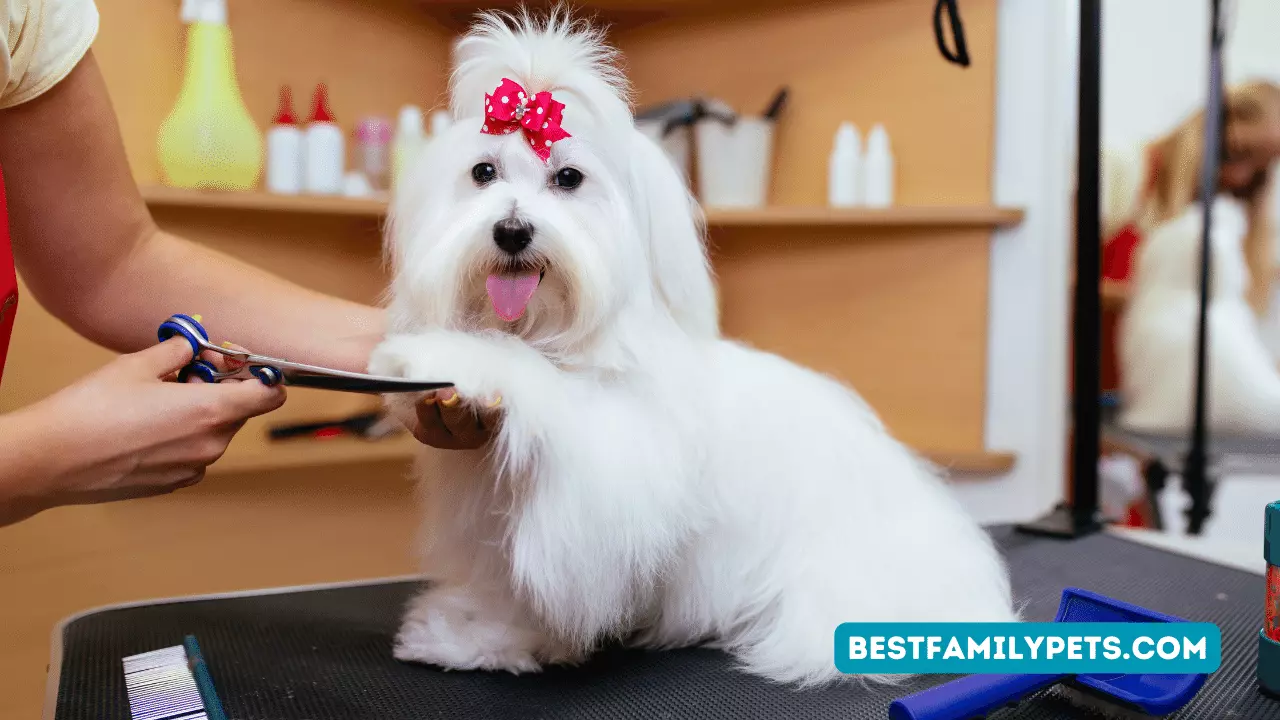
Veronica Gill Small Breeds Dog Grooming
-



The Best Dog Grooming Kit For 2023: Groom At Home With Palfur
-


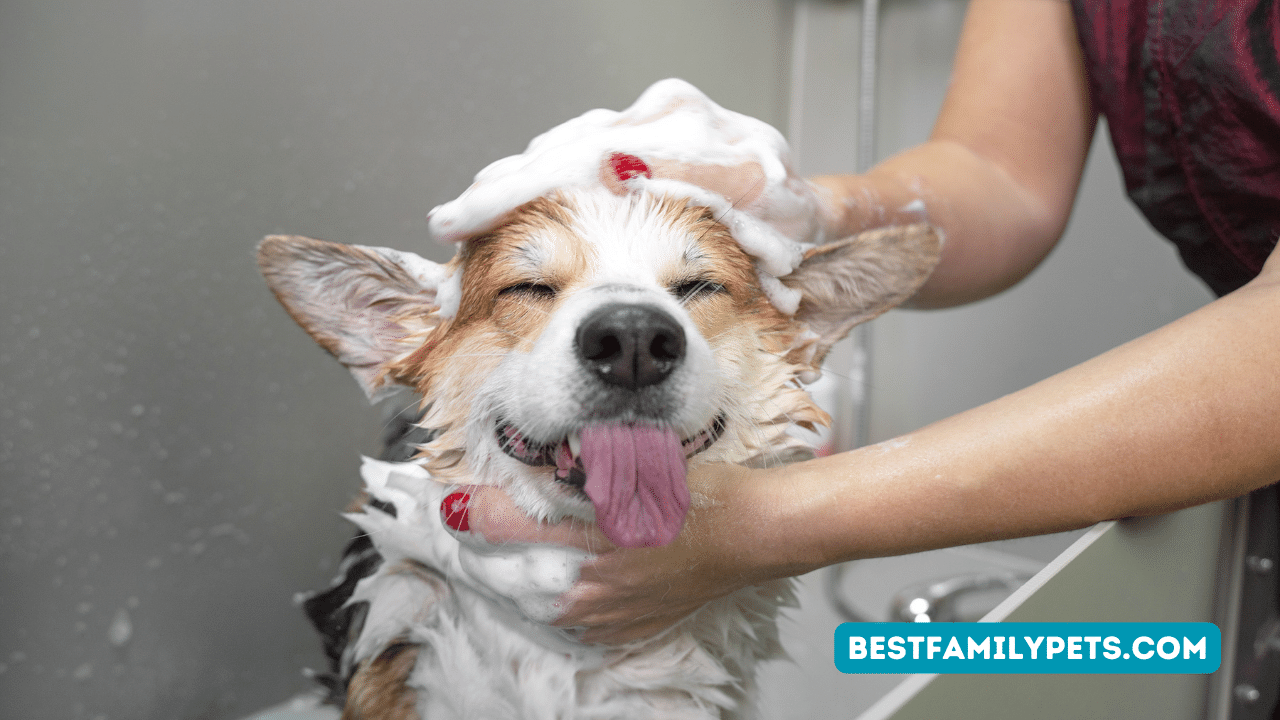
Dog Grooming Tips: A Beginner’s Guide to Keeping Your Pooch Well-Groomed

